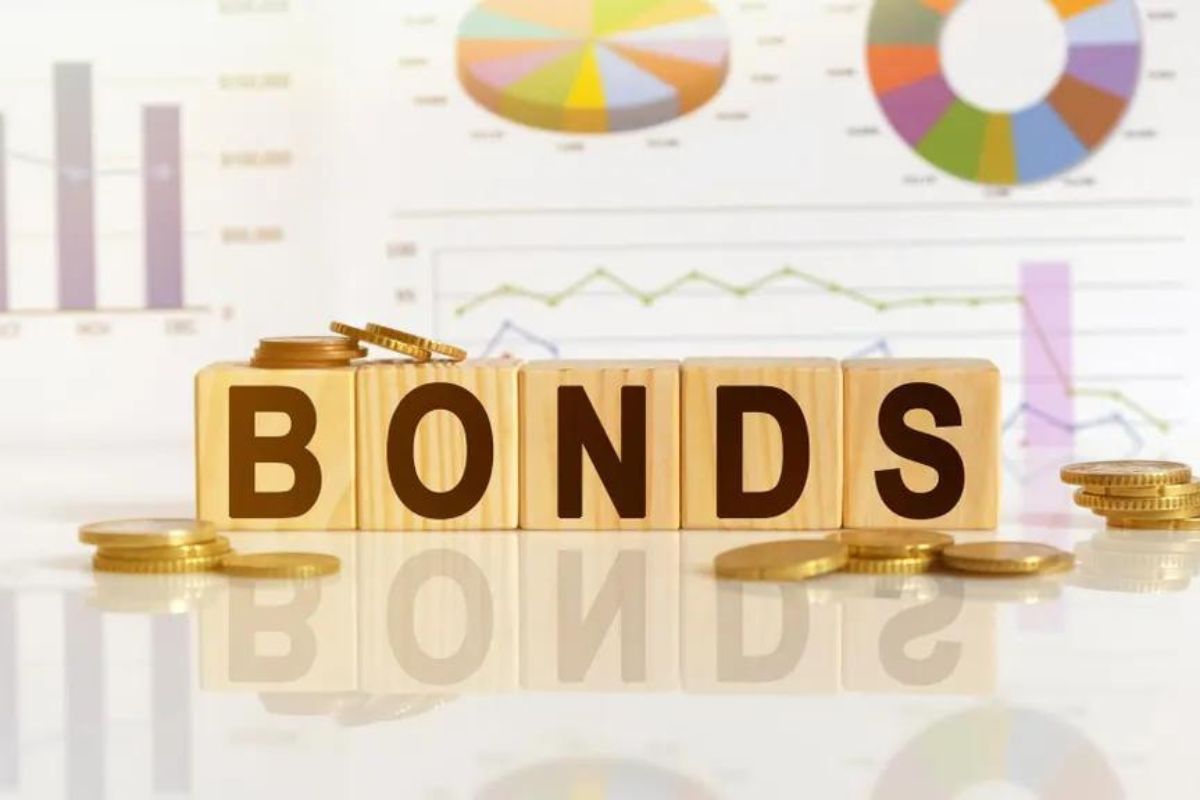


No matter what type of investment you choose, the decision-making process requires thorough market research and analysis. Investors combine fundamental and technical analyses to determine the value of an investment. Research reports, financials, and industry reviews help to formulate an investment strategy.y
Credit ratings are a way to assess the trade-off between risk and reward for an investment. This blog discusses the different investment-grade ratings, and the bonds that fall under the investment-grade bond category.
Table of Contents
ToggleBonds are financial instruments that pay a fixed income on a regular basis for a set period of time and return the principal at its end. Bonds can be secured by a specific asset. Unsecured bonds are based on the creditworthiness of the issuer and their ability to generate income.
Rating agencies assess the risks of bond default and assign ratings accordingly. Credit rating agencies are available in many countries. Standard & Poor’s, Fitch, and Moody are among the most prestigious rating agencies in the world. CRISIL and ICRA are both well-known in India. Each rating agency evaluates financial parameters to assign a rating.
The ratings range from AAA up to C and D. AAA-rated bonds have the lowest default risk. D-rated bonds have the highest credit risk, or are currently in default.
Below is a table that summarizes the investment grade ratings.
| Rating | Description |
| AAA | Maximum level of safety with low default risk |
| AA+, AA, AA- | Low default risk |
| A+, A, A- | Low default risk |
| BBB+, BBB, BBB- | Moderate default risk |
| B+, B, B- | High-risk default |
| CCC+, CCC, CCC- | High default risk |
| CC | Highly speculative |
| C | The highest level of default risk |
| You can also find out more about the D | Current default |
The level of risk is the same regardless of the rating agencies. According to the ratings, bonds are divided into two categories – investment-grade and junk bonds.
Investment-grade bonds are bonds that have a low default rate compared to others, i.e., the credit risk is betweenthe lowest and moderate. Investment-grade bonds are typically bonds that have a BBB rating or higher. Investment-grade ratings are given to companies with low debt, good earning potential, and a decent history of debt repayment.
Bonds with lower credit ratings, such as B, CCC, or BB, have a low credit quality and are considered high-risk. They are commonly called junk bonds. Junk bonds are highly speculative.
AAA+ is the rating of government securities, Treasury bills, and Commercial Paper, as they have a minimal default risk. Investment-grade investments are debt instruments, such as corporate deposits, bonds, debentures, and treasury bills, of blue-chip, established companies.
S&P Global published an Annual Global Corporate Default Study in 2018 to evaluate default rates across different bond rating classes. For investment-grade bonds, the highest default rate in a year was less than 1 percent. However, for CCC/C+ rated bonds, it could reach 49.28%. Due to the low default rate, institutional investors prefer investing in investment-grade debt.
Investment-grade bonds matter. They show the risk level of the investment. Credit rating agencies check how reliable an issuer is. They look at leverage, cash flow, earnings ratios, and other financial ratios.
The investment grade of bonds is subject to change and review. Rating agencies can downgrade bonds if the financial health of an issuer changes. Cash flow can be affected by a recession, specific industry hurdless and other factors. Technological advancements or new competitors can affect the issuer’s earning potential. During the 2008 financial crisis, credit rating agencies cut ratings for many AAA-rated securities and companies.
The consequences of a downgrade from BBB bonds to BB are serious, even though it is only a small step. The instrument drops from investment grade to junk. This shows that a company may struggle to pay its debts. It also impacts the issuer’s profitability and costs of borrowing.
Bond yield is the return on the bond. Bond yield is the cost to borrow for an issuer. Credit ratings directly impact bond yields. A higher bond rating will result in a lower yield. A highly rated bond has a relatively low risk, which limits the return. Junk bonds are also speculative, high-risk, and therefore have a high yield.
A 10-year AAA government bond might have a yield of,3% but a 5-year BB+ corporate bond will return 7%.
The bond investment grade affects the issuer’s capital cost and ability to generate revenue. Rating downgrades can increase borrowing costs and reduce the future cash flow of an issuer.
Investment-grade credit ratings help individual investors make smart choices. They also matter in regulations and for institutional investment rules. Many pension funds, insurance companies, and mutual funds can only invest in investment-grade securities. This is because of policy or law. This keeps a basic level of credit quality in their portfolios.
It helps protect long-term returns and preserve capital. A downgrade below investment-grade can lead to big sell-offs. This, in turn, hurts the bond’s market price and the issuer’s financial stability.
Ratings of bonds indicate the risk level associated with debt instruments. Investors should look at an issuer’s financial performance. They also need to assess top management, the sector, and other economic factors before investing.

